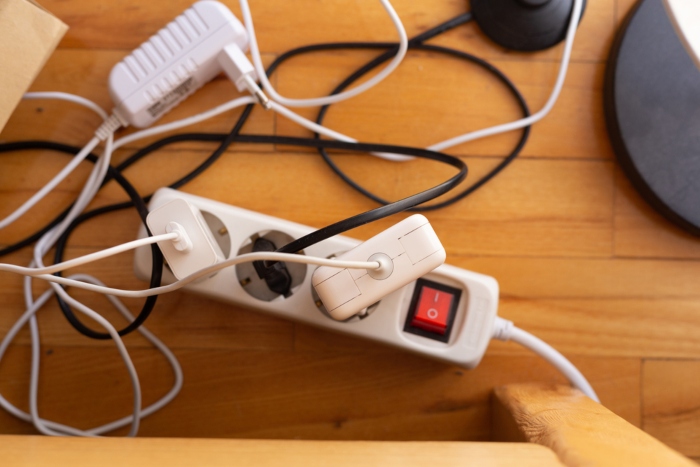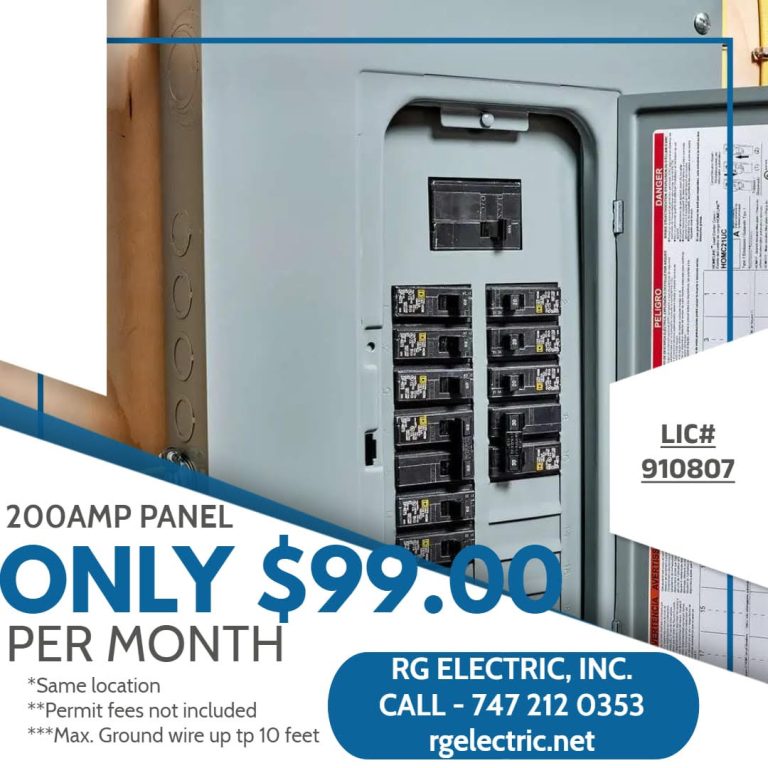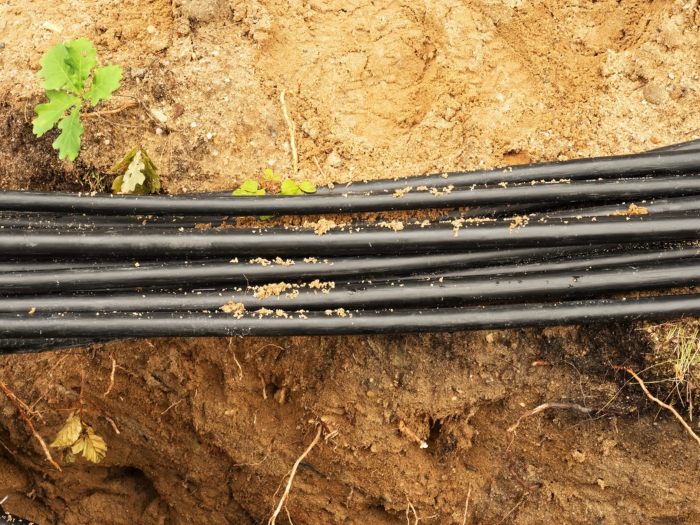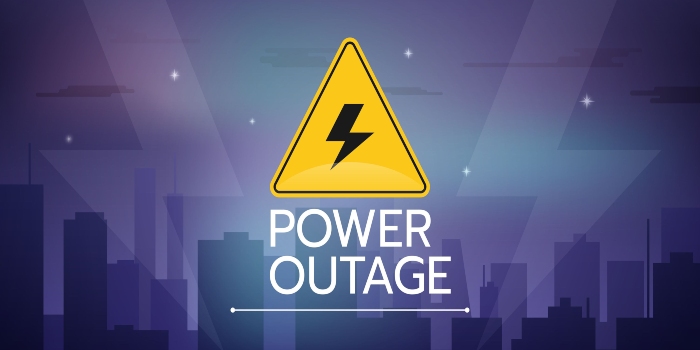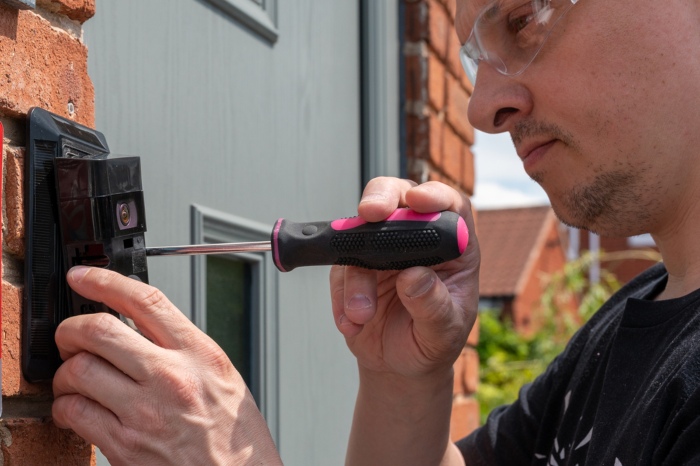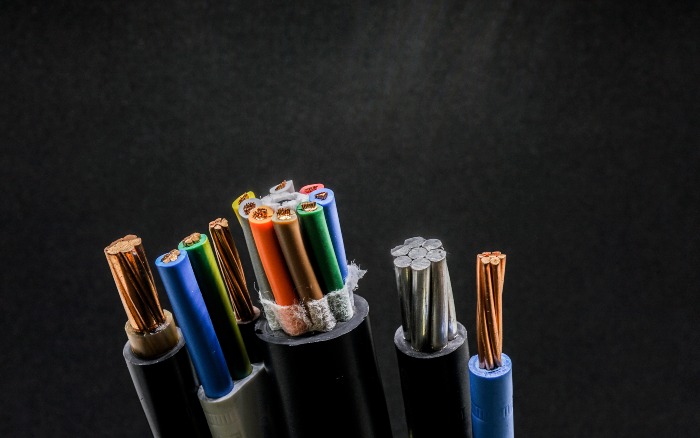
House Wiring Colors According to NEC
If you open a wall socket, you will notice wires of different colors. What do these house wiring colors mean? First of all, the color labeling allows for creating a safe environment for electrical repairs and installation. This provision enables the technician to find hot, neutral, or ground wire.
In this article, RG Electric will help you understand the color coding for electrical wiring to keep you and your electrical system safe and sound.
What Is House Wiring Colors Benchmark in the US?
The National Electrical Code (NEC) stipulates a standard for house wiring colors. Generally, it sets white and gray for the neutral wires and bare copper, green, or green with a yellow marking for the grounding.
House Wiring Colors in Electrical Cables
The electrical cable of 120-volt or 240-volt consists of the outer jacket and wires that come in different colors. The outer cover contains colored wires, and the number on the outer cover indicates the size of the wire and the number of wires inside it. For instance, white cables show that the inner wire is 14-gauge, while yellow jacket indicates that they are 12-gauge.
Now let’s dig deeper and explore more about house wiring colors.
Black Wires Denote “Hot”
Black sheathing is always used for hot wires and can often be found in many household circuits.
The term “hot” means that the wire carries power from the electrical panel to a destination, such as a light fixture or an outlet. Electricians may use the white wire as a hot wire, given that they mark it with electrical tape. However, doing the opposite isn’t allowed. In a nutshell, don’t try to use a black wire as a neutral wire. Hot wires are designed to transmit only live electrical loads.
Red Wires Denote “Hot”
A 240-volt circuit may have two hot lines – black and hot. The second hot wire usually comes in red color. Electricians often use red wires to connect hardwired smoke detectors, so when one alarm begins sounding, others turn off simultaneously.
White Wires with Black or Hot Marking
As mentioned earlier, white or neutral wires can be used as hot wires if labeled appropriately. So white wires with black or red tape mean that they are used as hot wires.
For example, a white wire in a two-wire cable may stand for the second hot wire on a 240V outlet or appliance. It should be wrapped several times with black electrical tape to show that it isn’t neutral.
Bare Copper Wires for Grounding
The most common type of wires for grounding are bare copper wires.
NEC mandates that all electrical devices be grounded to provide safe passage for electricity to circulate. The current typically goes to the earth or ground. Electrical devices, switches, outlets, and light fixtures must be connected to grounding. In other words, anything conductive must have a ground connection.
Green Wires Indicate Ground
Wires insulated in green are used for grounding. Similarly, ground screws on electrical devices are green too. Green wires are never used for other purposes other than for grounding.
White and Gray Wires Stand for Neutral
When examining house wiring colors, you can notice white or gray wires, which means these are neutral as long as they don’t have black or red tapes wrapped around them.
Many are confused by the term “neutral,” thinking it doesn’t carry any power. However, they also provide a pathway for power and may shock you. Unlike hot wires that transmit power from the circuit breaker to the device or destination, neutral wires carry electricity back to the panel.
Blue and Yellow Wires
Blue and yellow wires are used as “hot” for different phases. For instance, blue is common for 208 VAC three-phase and yellow for 480 VAC. They are usually not used in non-metallic cables.
Call RG Electric for House Wiring Installation and Repairs
With this guide on house wiring colors, we hope you understand the purpose for each wire better. If you are unsure whether you should do a simple outlet or switch repair yourself, you can trust Los Angeles electricians from RG Electric to do the job for you.
To get a quote from your local RG Electric for your electrical upgrades, request a free estimate or call us at (323) 5215131.


 Call (323) 5215131
Call (323) 5215131



